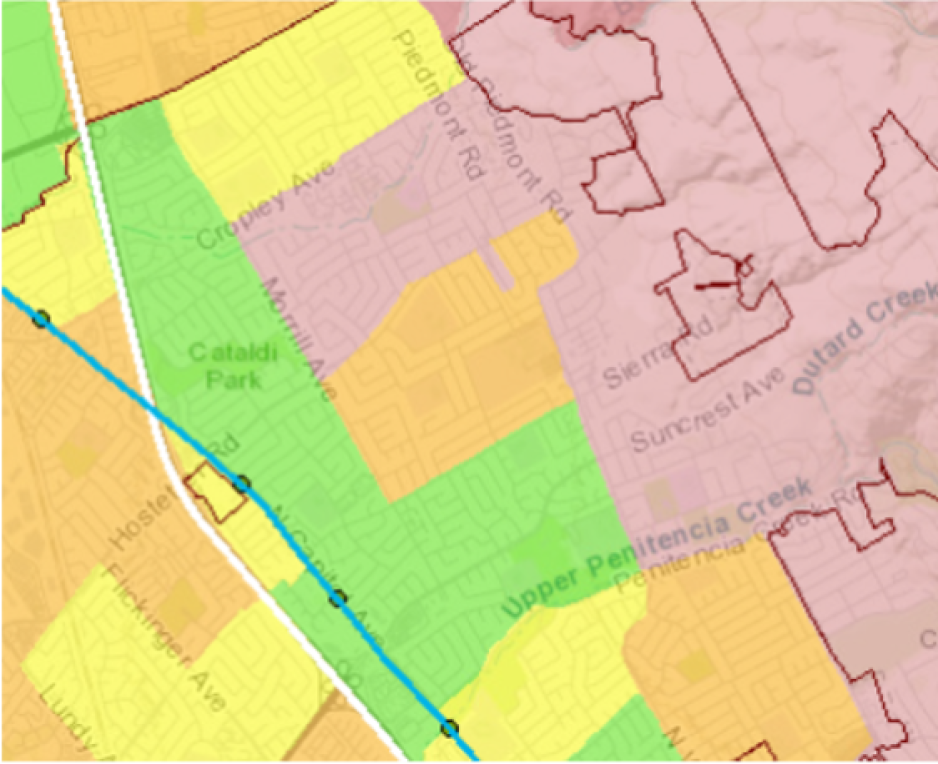Cities and agencies can adapt their transportation analysis policies by implementing Vehicle Miles Travelled (VMT) and being more flexible with the use of Level of Service (LOS).
Include evaluation criteria that encourage equitable transit-oriented communities.
- Establish screening criteria that streamline analysis for projects in low-VMT areas, projects close to transit, affordable housing developments, and small projects unlikely to have much effect on VMT.
- A Statement of Overriding Considerations to communicate a project’s overall benefit to the community may be an option when a jurisdiction is unable to reduce a project’s VMT impacts below an applicable threshold in CEQA.
- Discontinue the use of LOS as a performance standard in General Plans or scale back the amount of LOS analysis that is required.
- Where eligible, adopt Infill Opportunity Zones (IOZ) where the Congestion Management Program LOS standard does not apply.
- Consider broader mitigation frameworks for transportation effects of development such as an impact fee, voluntary contributions to offsetting improvements, or a VMT exchange or bank.
Body
